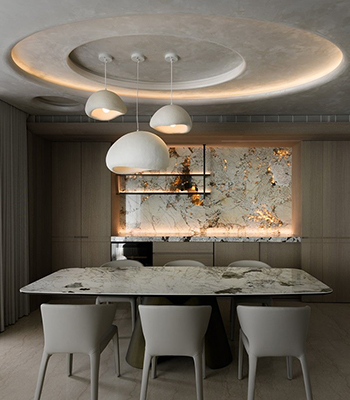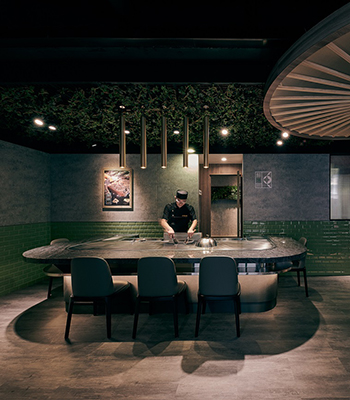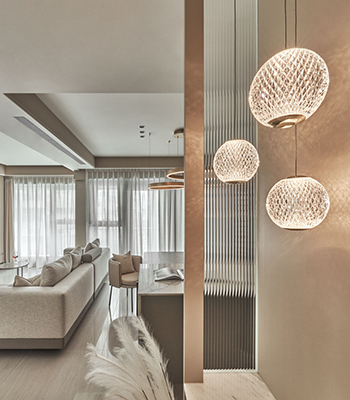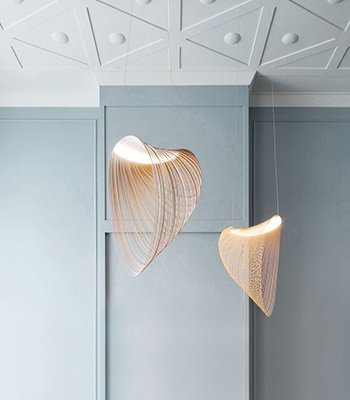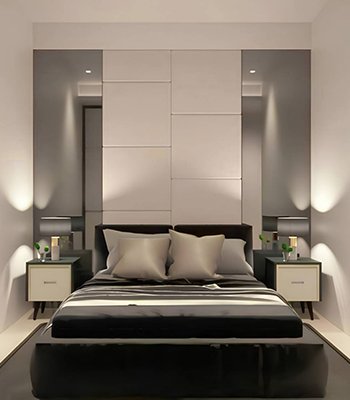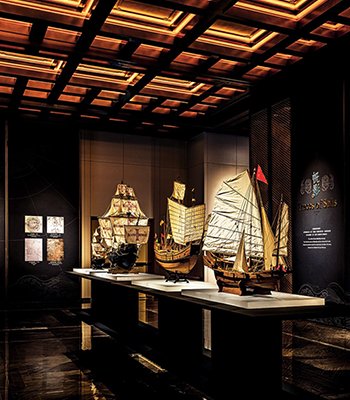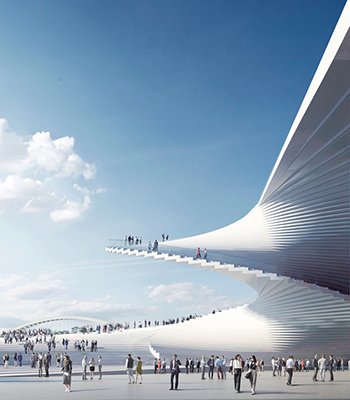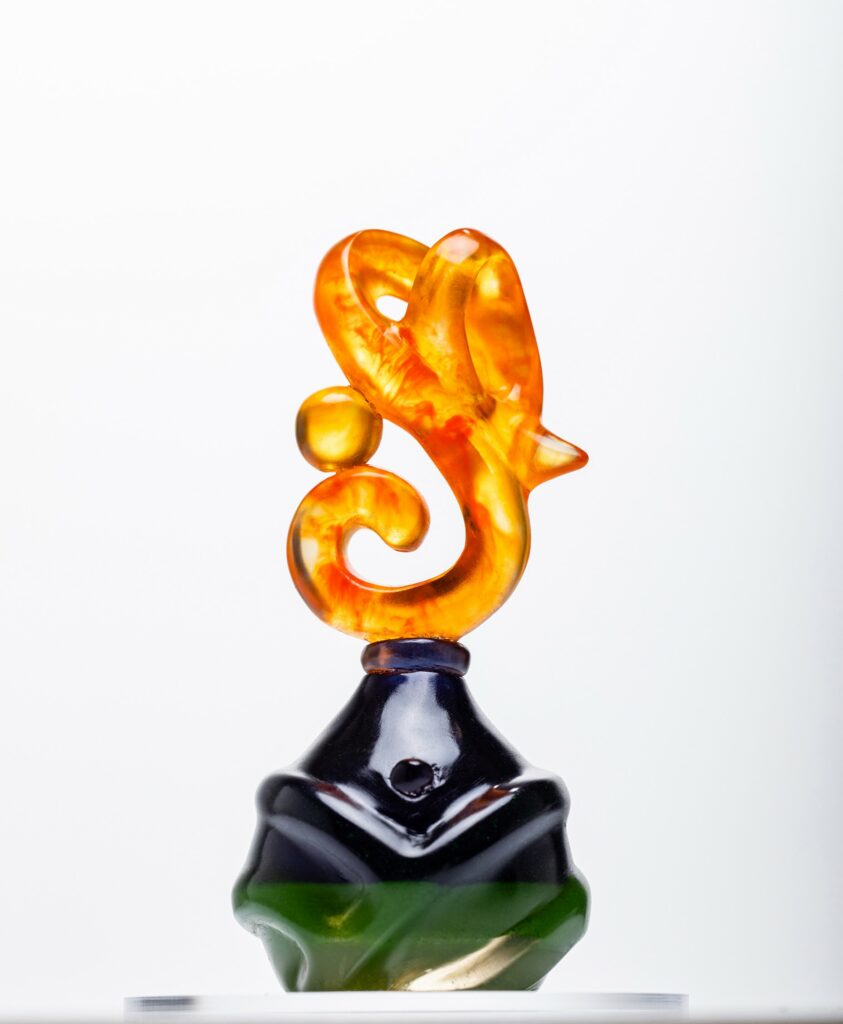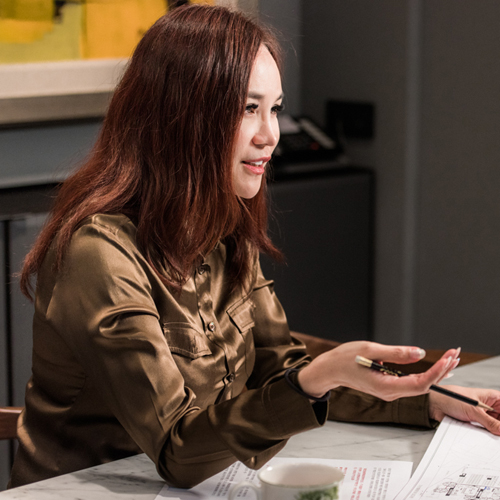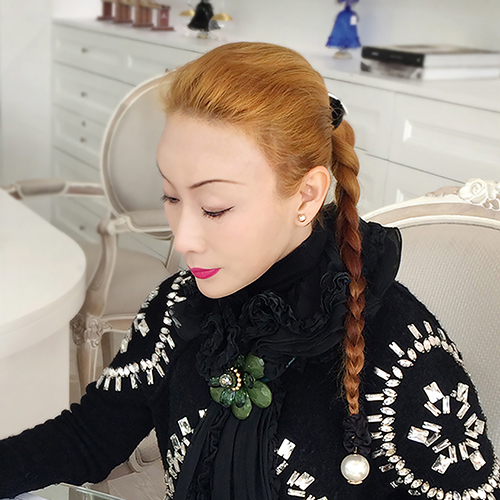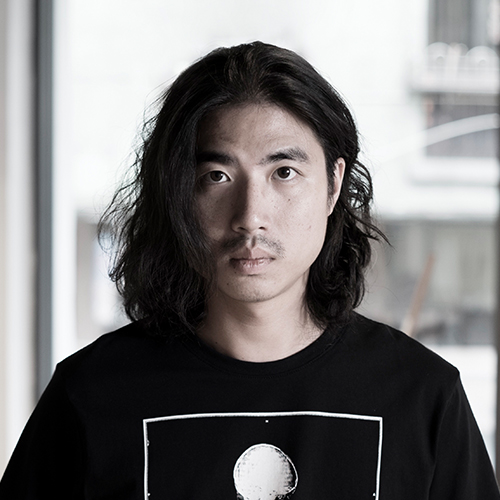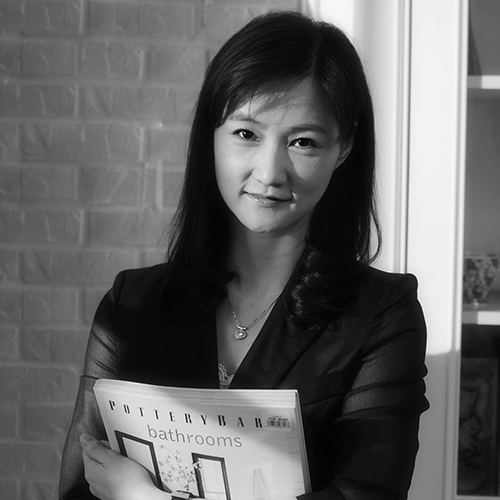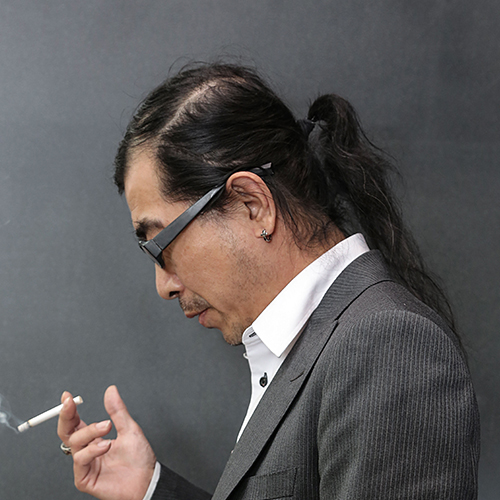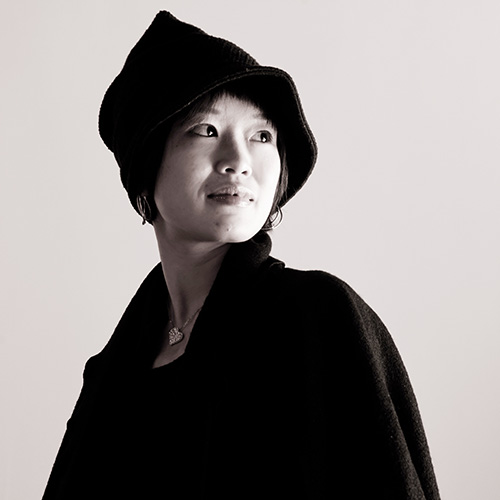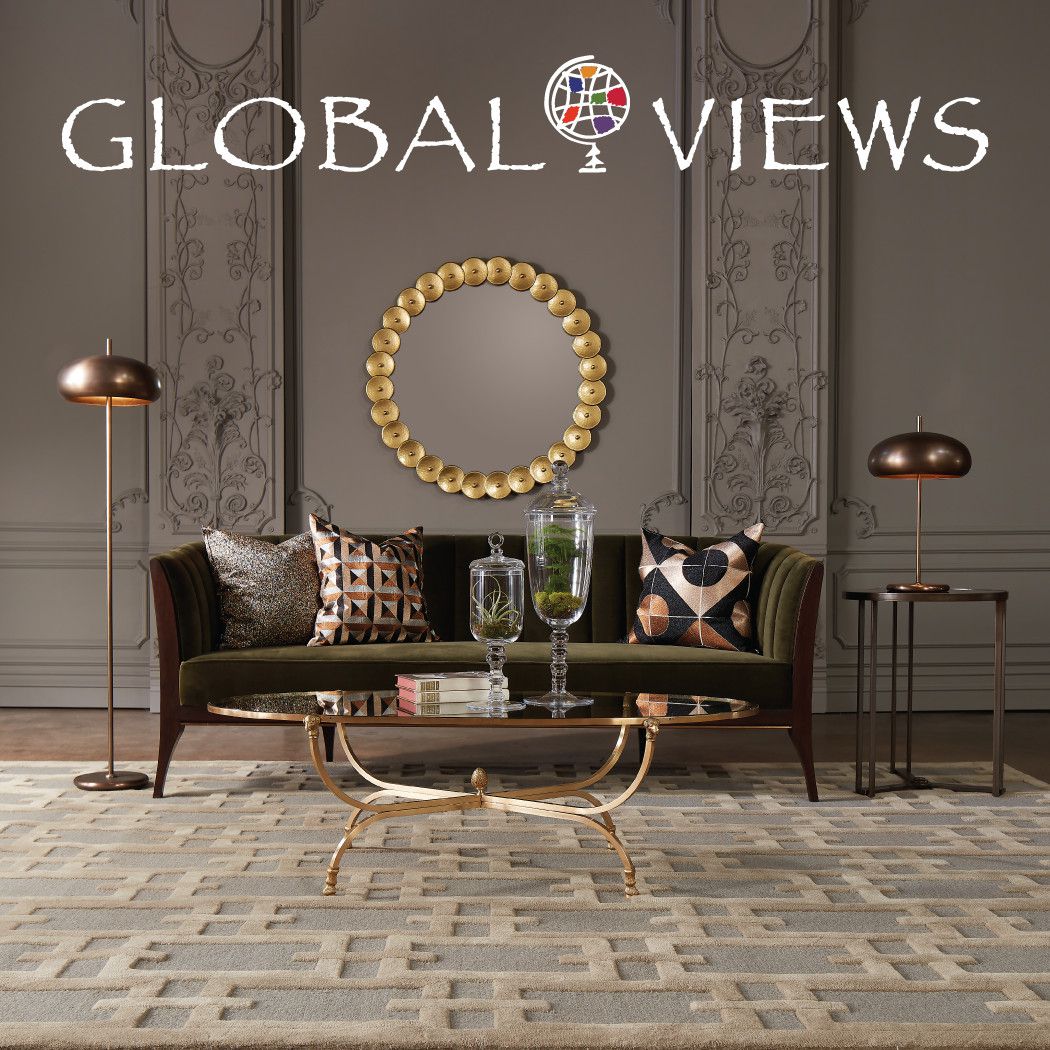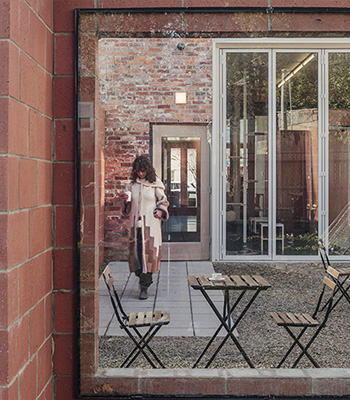
來場咖啡與貓的午茶約會——紐約 Together, Apart
建成於西元1900年左右,並在1940年代經歷了一場擴建,這棟充滿歷史痕跡的建築物曾經先後作為雜貨店、脫衣舞俱樂部、檢察官辦公室、美髮沙龍等不同產業的容身之所。
Built in approximately 1900 with a 1940s extension, the historic structure has, in the past, operated as a grocery store, strip club, attorney’s office, and hair salon, among other businesses.
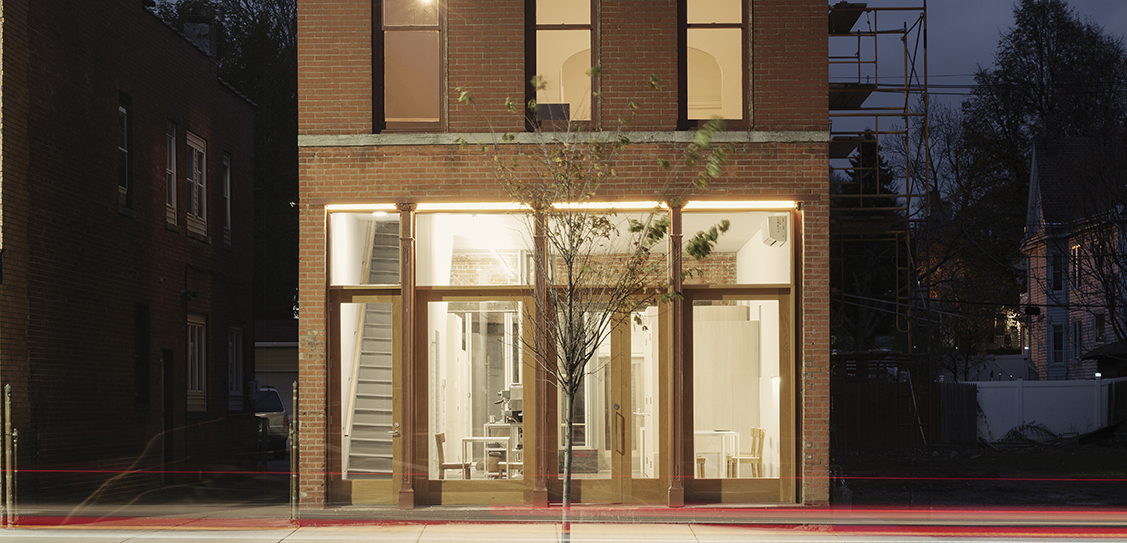
設計師Davidson Rafailidis日前接下當地創業青年的委託,為這個空間進行大改造。誰猜得到呢?這座百年建築的下一個里程碑,竟然是貓咖啡廳!來自紐約的Buckminster貓咖啡廳(Buckminster’s Cat Café)對空間有著非常特定的要求:基於衛生考量,動物與食物準備區——也就是輕食與咖啡的準備區——之間需要有著密閉的間隔,來防止貓咪們偷吃客人的餐點(以及保持清潔)。
Davidson Rafailidis received a brief to transform the space into a cat café for a local entrepreneur, Buckminster’s Cat Café. Cat cafés offer a unique typology, given health regulations that demand air-tight separation between animals and food preparation, in this case, cats and coffee.
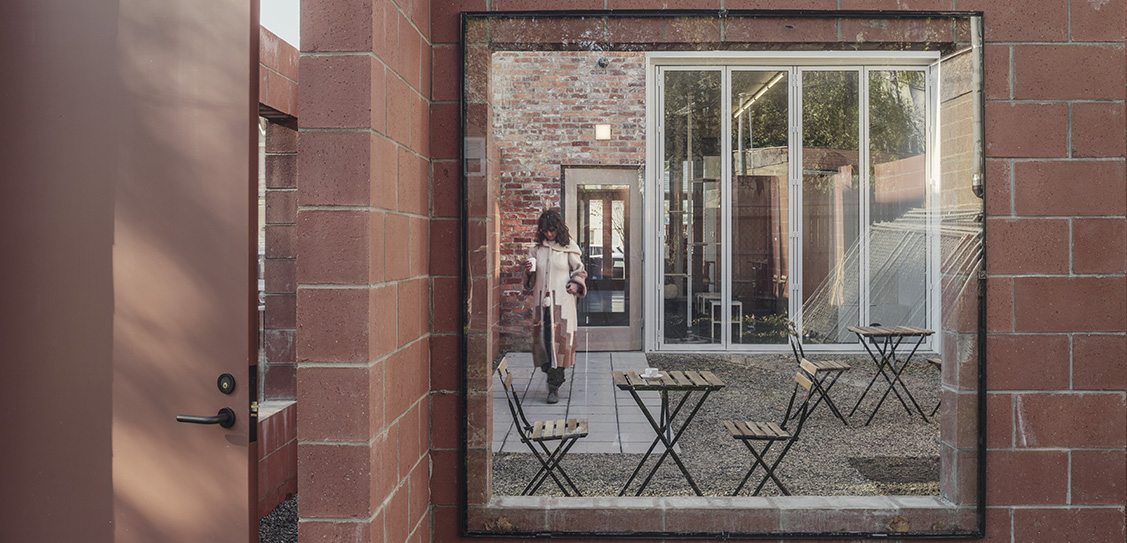 \
\
這樣的限制反而讓Davidson Rafailidis能夠拓展其事務所對於「空間間隔使用」的可能性,使其能夠更加彈性的面對不同案件的間隔需求,並同時顧及團聚及社群的共同使用。這個被命名為《Together, Apart》的空間是Davidson Rafailidis在地區帶狀建築計劃的第一階段,作為對於鼓勵高密度建設的新興都市分區的回應,並進一步促進了Davidson Rafailidis設計異質混合用途空間,並使之能夠服務更廣泛的居民。
This requirement allowed Davidson Rafailidis to expand on the studio’s interest in designing partitioned spaces that support programmatic flexibility but still imply and encourage togetherness and community. The project, which the studio has called Together Apart, is the first phase of a continual construction scheme on the overarching lot, which responds to new city zoning that encourages high density construction and furthers Davidson Rafailidis’ efforts to design heterogenous, mixed use spaces that service a wide range of users.
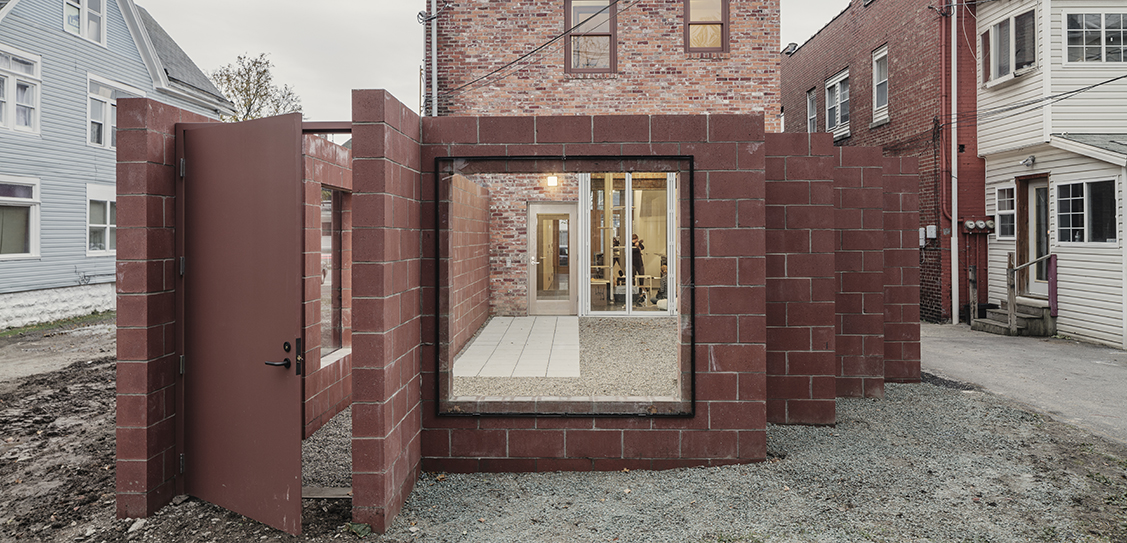
建築物前後都設有出入口,讓兩邊在維持獨立功能的同時仍保持視覺上及空間上的連貫。面對街道的出入口是一面紅磚牆,配合大片落地窗,保持空間明亮的同時更能吸引路上往來的行人。這個區域直接連接的是咖啡廳的準備區,餐點、糕點以及美味的咖啡都是在此被製作出來。另一個出入口則在建築的後方,能夠直達「貓房」——也就是貓咪們的起居室,在這裡,前來用餐的客人,甚至是潛在的領養人能與貓咪近距離的互動。
The building can be accessed from either end, allowing an independent functioning of both halves while still being physically and visually connected. The street-facing entrance, through the brick facade, leads directly to the café and kitchen, where coffee and pastries are served and prepared. The back entrance, which is accessible from the cat patio, affectionately dubbed the “catio”, opens into the rear environment where the cats live and interact with guests and potential adopters.
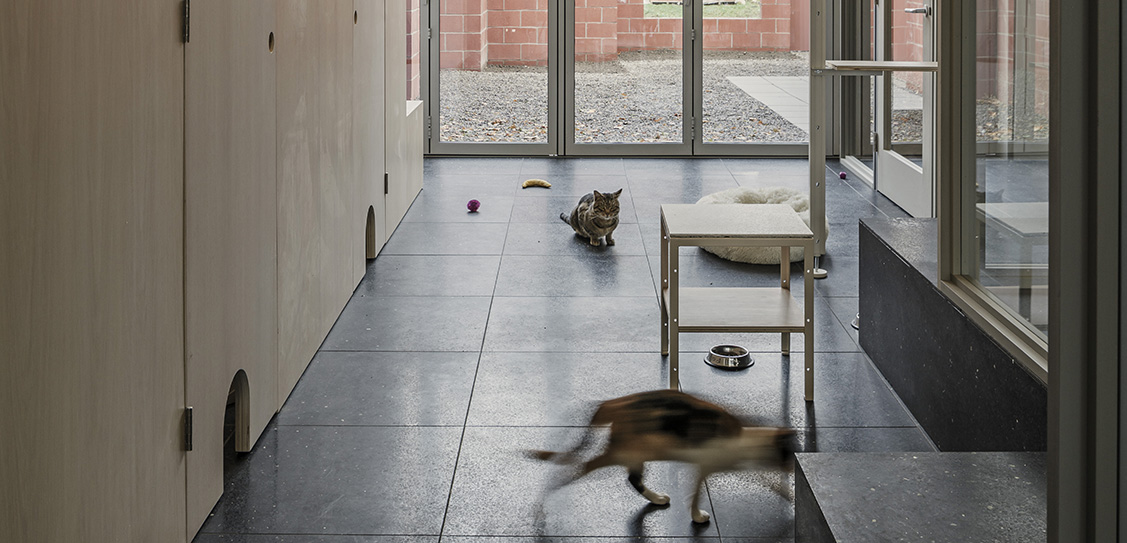 \
\
這兩個異質的區域在空間中相遇,並以一系列透明、階梯狀的隔間分隔開來。廚房由一面玻璃牆與其他空間隔開,顧及到衛生考量的同時又能讓廚師們與空間中的貓咪們眼神交流。同樣考慮到空間的延展,磨石子長椅及連續的燈管在隔間牆分岔,卻又在兩端各自延續著,維持視線的延伸,並讓整體的空間看起來更加寬敞。窗戶延伸進入洗手間和座位區的中間,而階梯式洗手間與階梯式貓砂區相對應,形成了有趣的對稱。
These heterogeneous zones meet in the middle at a series of transparent, zig-zagged partitions. The kitchen counter is sliced by a glass wall allowing for unexpected visual encounters of cats from the café. Similarly, long terrazzo benches and a continuous light strip are bifurcated by the separation wall but extend into both zones, creating further visual continuity and connection. Windows likewise stick halfway into the washroom and halfway into the seating area, and the stepped bathroom is mirrored by the stepped cat-litter-room.
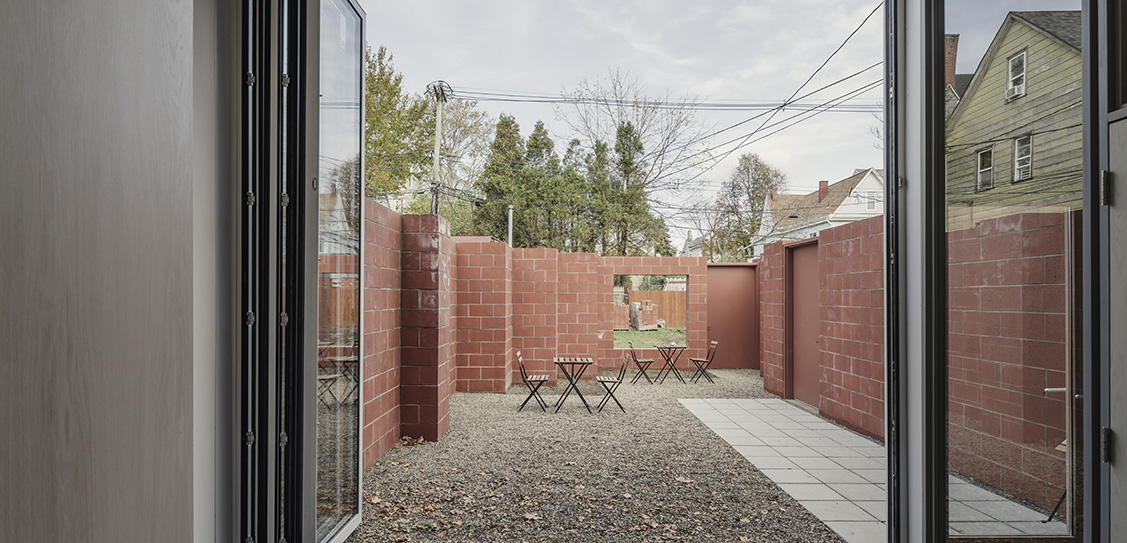
在建築物的後方,貓房被一個玻璃拉門一分為二,穿過玻璃門,外面是一個露天的小後院。一堵階梯狀的磚牆劃定了後院的疆界,同時也呼應室內鋸齒狀的空間格局。在最後方的牆上開了一面大的玻璃窗,暢通的視線可以直接穿過室內空間,看到建築前方的街景,同時也能讓路人們一窺室內貓和咖啡的溫馨時光。玻璃窗的窗框設置在外部,從後院內向外看去,像是一個不設防的窗口,彷彿貓咪隨時都能跳出窗子,開始一段流浪的冒險生活。
At the building’s rear, the cat area is halved by a folding-sliding aluminum façade, which opens onto a gravel patio. A brick wall hems the patio. Stepped on one side, it echoes the zig-zagging form of the adjacent glass partition, and is perforated by a large glass window at the rear. Surface-mounted onto the exterior, the window’s frame is invisible from the patio’s interior and creates the illusion of an uncovered opening, as if the cats could jump out at any moment. Likewise, it blurs the separation between inside and outside, establishing a continuous sightline connecting the project’s various zones.
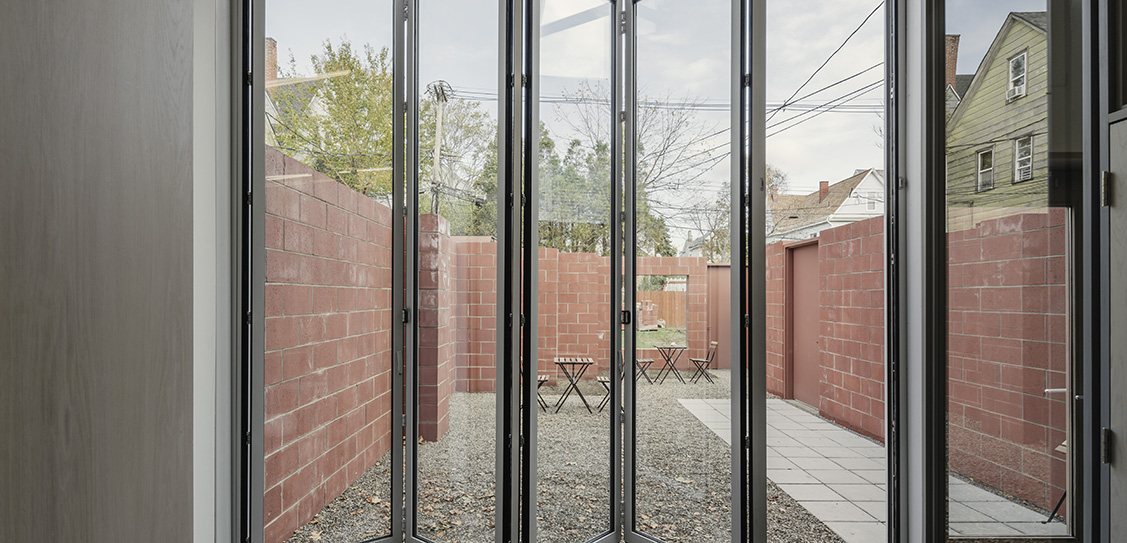
在整個翻新的空間中,建材及空間中的色調簡潔、中性且和諧,如此的一致更進一步的引導視線沿著隔間牆面延伸,並探索這個有趣的空間。黑色磨石子地磚從咖啡廳的用餐區一路延伸至貓房,儘管中間有牆板間隔,但相同的磁磚也被用於櫃檯及長凳,在兩個區域相戶呼應,各自延伸,並形成鏡像空間。室內的牆面及窗框均被漆成白色、淺灰,或著以淺色木板包覆著,所有的鐵件採用不鏽鋼或氧化鋁,維持淺色調的一致性。
Across the renovation, the material and colour palettes are clean, neutral, and cohesive, further emphasising sightlines through dividing walls. Black terrazzo tiles line the interior floor, from the front café to the back cat environment, while matching terrazzo counters and benches extend into both zones creating mirrored volumes. Interior walls and window frames are either painted white, light gray, or clad in light wood (white oak plywood, poplar), and hardware is stainless steel and natural anodised aluminum.
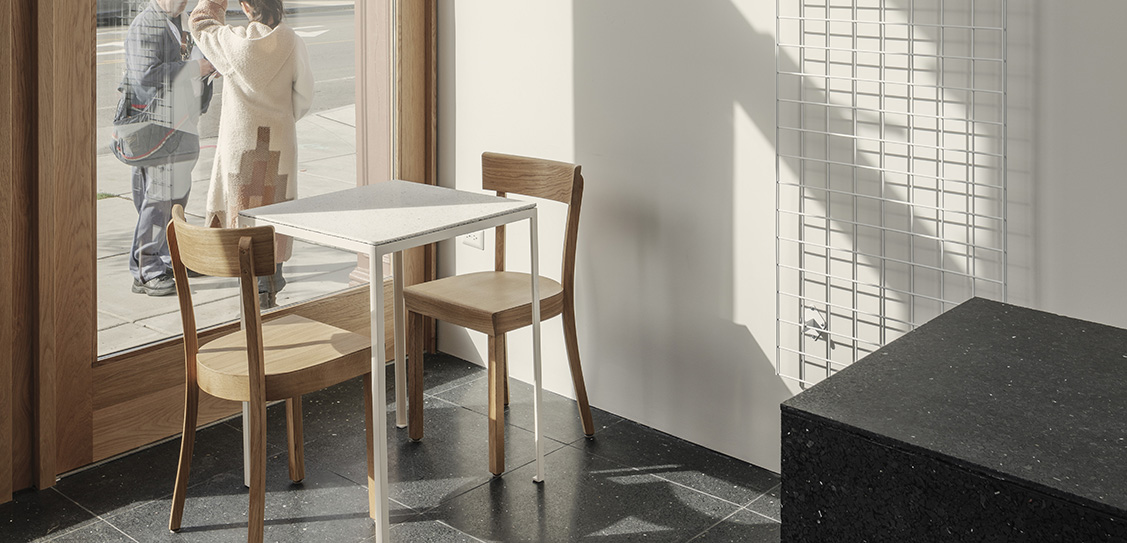
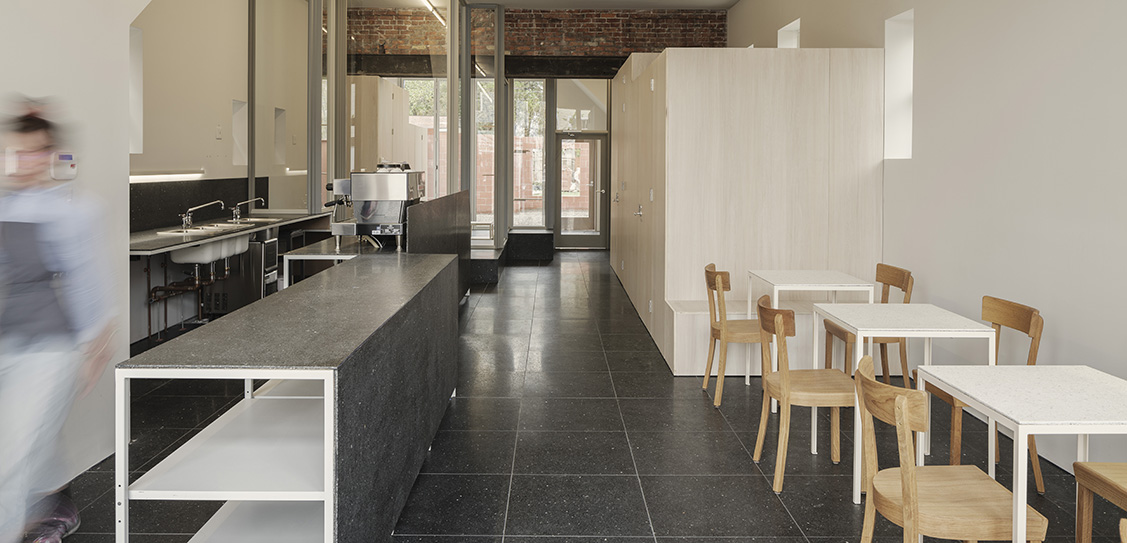
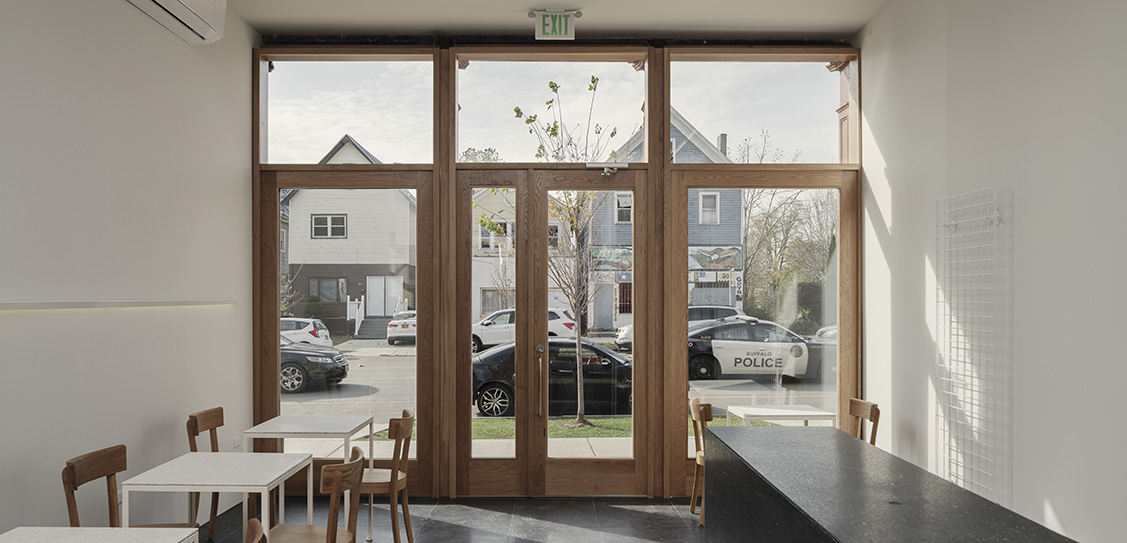
Word: Georgina Johnston
Photo: Florian Holzherr
Source: World Architecture News

